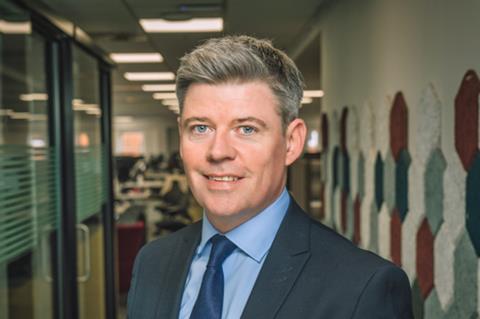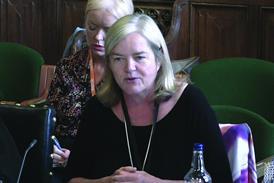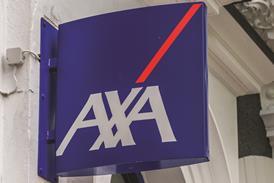The Legal Ombudsman is working on a blueprint for all firms to provide a standard response to client complaints.
The service has announced the development and pilot of its Model Complaints Resolution Procedure in an effort to create consistency across all firms.
There continues to be concern about how lawyers respond to enquiries and complaints from clients: the ombudsman’s own research found that 49% of complaints showed evidence of unreasonable first-tier handling. ‘Substantial’ numbers of consumers were still going to the ombudsman without being through the firms’ in-house process and in some cases the signposting to the ombudsman option was ‘poor or completely absent’.
The ombudsman says that its model procedure has been developed with regulators and will provide a standardised template to be used by any law firm. This will come with detailed guidance materials, template letters and toolkits for firms.

The hope is that widespread adoption will make complaints resolution more consistent across the board. This will in turn increase client trust and satisfaction and help firms to have confidence that are meeting the expected standard of complaint handling. There may even be costs benefits, as a streamlined process will speed up responses and resolution times.
Chief ombudsman Paul McFadden said the organisation wants to end the wild variations in how complaints are first handled.
‘When complaints are handled poorly, everyone loses – the client, the firm and the reputation of the profession as a whole,’ he said. ‘A clear, effective and client focused first-tier procedure ensures complaints can be dealt with swiftly and constructively, and in many cases avoid escalation to the Legal Ombudsman.
‘We have used our experience of where improvements could be made, and by working together with the regulators and the profession, this pilot will help further shape this framework and guidance so that it can be used by all professions across legal services to support improvements.’
The model procedure will be tested with a network of firms who have been selected based on a representative sample of the profession. The pilot will be over the summer and a full consultation on the draft procedure and its implementation will follow next year.



























4 Readers' comments